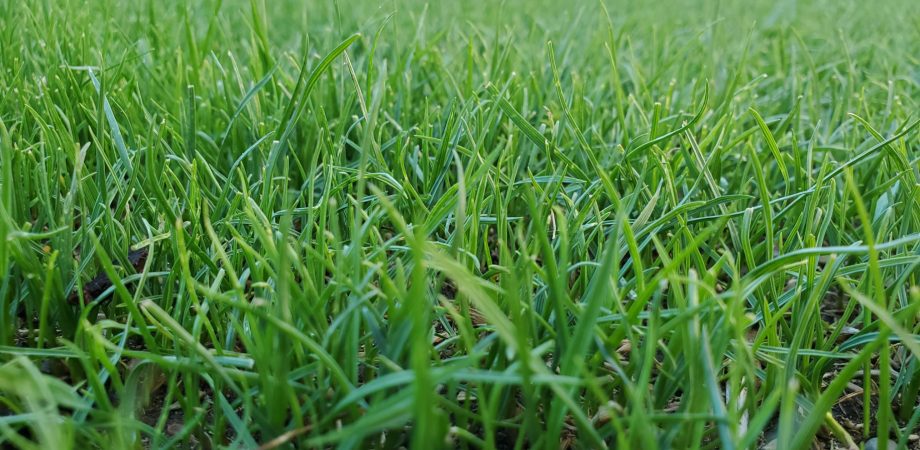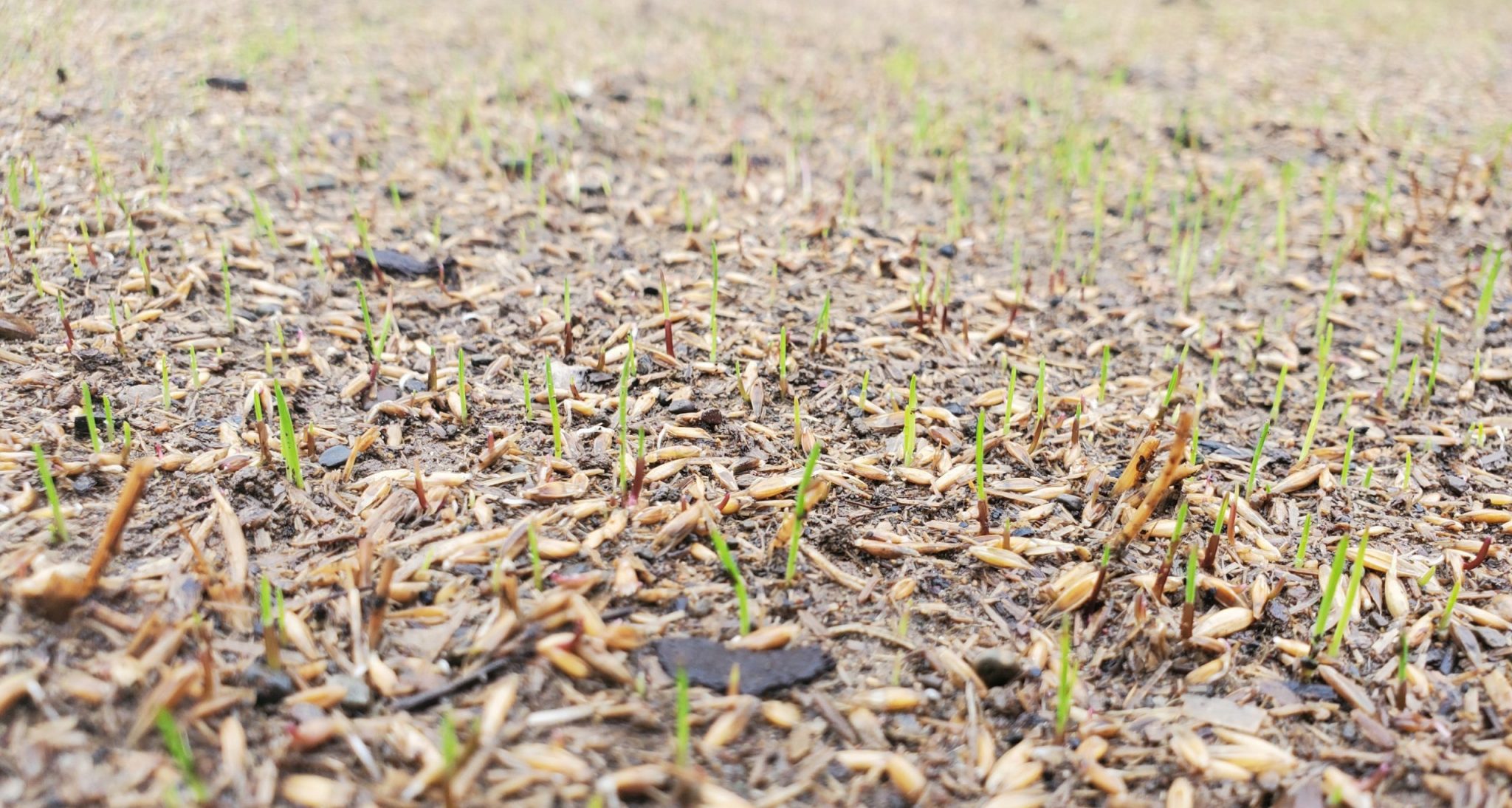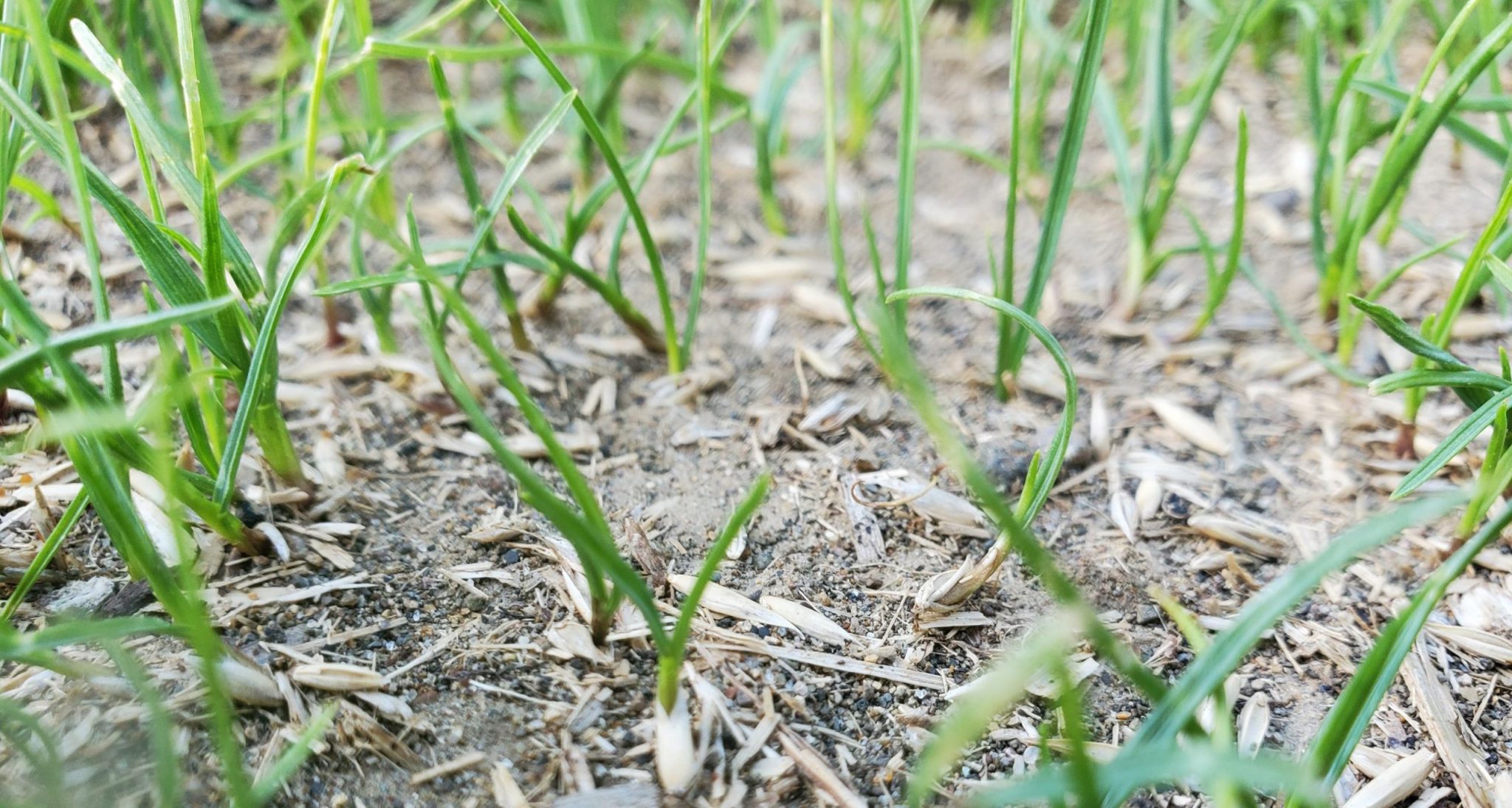Stopping Seed Mortality with Proper Moisture Management

Whether establishing seed in the cool or warm-season zones or managing a diverse palate in the transition zone, germination of seeds of all types requires oxygen, light, ideal temperatures, moisture, and time. While getting grass seed to grow seems to involve anything but absolutes, consistently providing these critical components will help maximize the return on investment from your seed. From our perspective as a seed supplier who interacts with end-users from professionals to lawn enthusiasts, moisture management is by far the most common topic regarding seed establishment.

Moisture management is so crucial to seed survival it begins to make an impact much earlier than most would imagine. Starting in the grass seed production fields, moisture or the lack thereof can have an impact on potential yield, in turn reducing pounds harvested and increasing the cost of seed in tight markets. Moisture can also affect germination itself in the seed in the harvest process. Internal seed moisture in production fields is considered to decide when to harvest fields and move into the seed cleaning process. Undesired moisture at the later stages of harvest or extremes in temperature also pose risks to physically reducing germination or increasing seed shatter (also reducing yield). After ideal to good crop years, seed with high germination and good availability often makes its way to the market.
Once a manager gets their hands on quality seed, cultivates or prepares the seed bed, calculates for pure live seed, puts the seed down, ensures good seed to soil contact, and adds any other finishing touches, it is then time for implementing a moisture management program. The main components in moisture management involve preventing the drying out of the seed after the initial uptake up water, also called imbibition. If seeds do dry out after this stage it can be a very costly task to recover as seeds lose germination altogether or is greatly reduced.
How Often
Evapotranspiration, soil type, and seed to soil contact will be the primary forces behind deciding how frequent you want to plan on irrigating initially, but other factors may come into play like slope and types of sprinklers used. Seed companies always preach seed to soil contact as it is one of the best cultural practices you can control as it provides a great buffer in reducing seed mortality. It isn’t uncommon to irrigate as many as 6-8 times per day but should ultimately be adjusted daily or even between applications if the soil dries too quickly or if erosion and seed washouts occur. If this level of frequency isn’t acceptable for your application, it might be beneficial to plant products with seed enhancements like Barenbrug’s Yellow Jacket or Advanced Turf Solutions’ XCD coating as a strategy to limit losses by inadequate moisture around the seed.
How Much
There isn’t necessarily a set amount of moisture per day or per week as irrigation amounts will be affected by similar factors as irrigation frequency. Soil type and the weather at the time of seeding will probably have the most impact on soil amount applied. Soil drying out or forming a crust should be the baseline for “too little” and washing out or excessive pooling should be used as the upper end as “too much”. Depending on these factors, irrigation rates might result in a quarter to half-inch of irrigation per day.
Other precautions should be taken once seedlings begin to emerge and grow. Application timing is important, as mentioned under “how often”. 7 am to 7 pm might be an ideal timeframe in late summer and is derived from the goal of keeping the soil moist but limiting unnecessary moisture buildup on the leaf blade overnight or in high temperatures. This increases the chance of disease incidence as it’s a perfect storm for prevalent fungal pathogens. To reduce incidence of diseases, irrigation should slowly move towards more infrequent and longer cycles, coinciding with the development of the plant root system. Seedling diseases often seen in the summer window can amended by planting coated or treated seeds with a plant protectant, or even a foliar application after emergence.

Proper moisture management is critical before, during, and after seed germination and can greatly reduce seed mortality in turfgrass establishment. Moisture plays a big part in the tangled web that is germination and can be examined holistically as a part of a greater integrated pest management program.
Micah Gould
Market Development Manager
Barenbrug Professional Divisions







